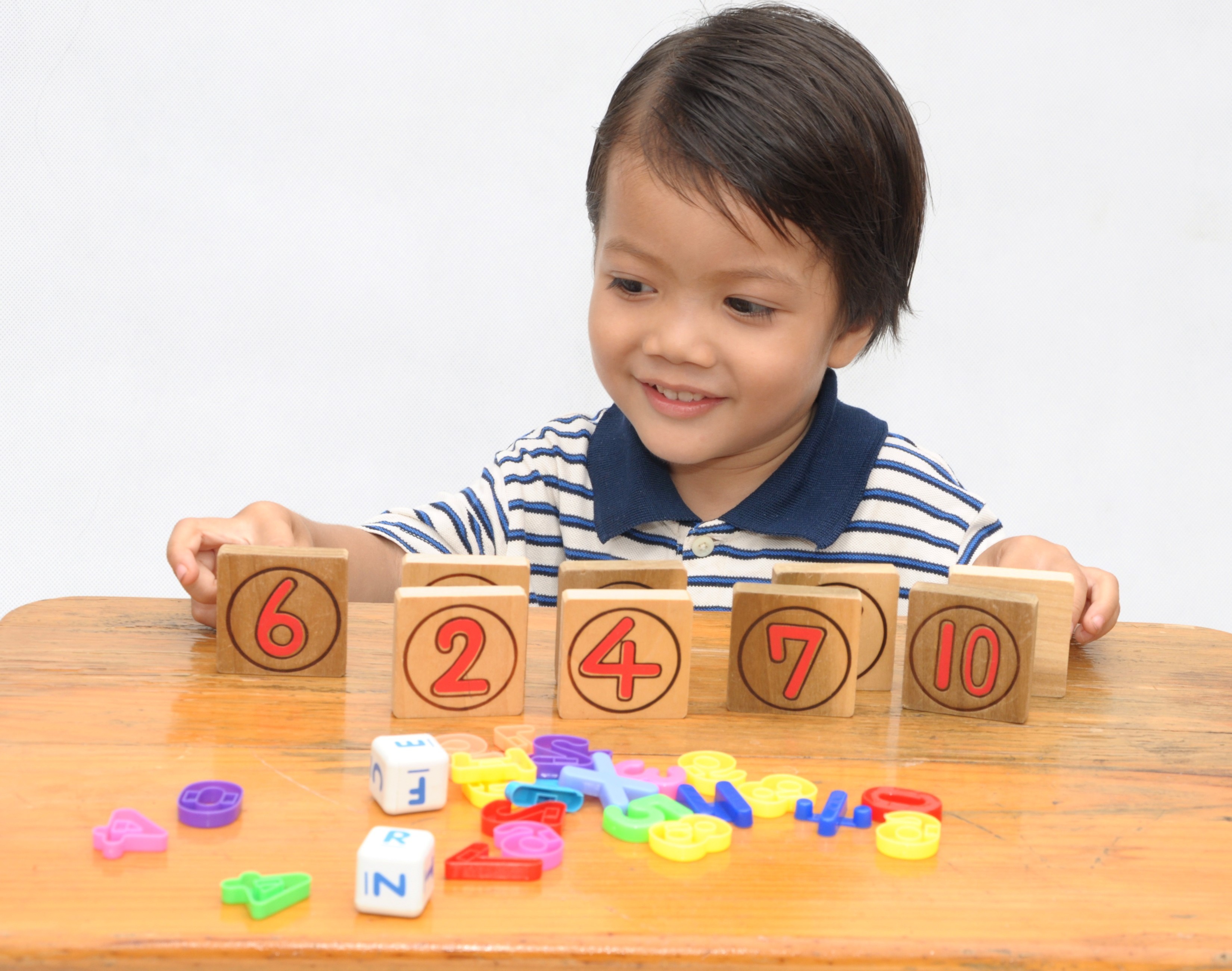Understand patterns Math Worksheets for Ages 5-7
6 filtered results
-
From - To
Unlock your child's potential with our "Understand Patterns Math Worksheets for Ages 5-7." Designed to make learning fun, these engaging activities will help your child identify, extend, and create patterns using colors, shapes, and objects. Each worksheet provides foundational skills critical for developing mathematical thinking. Your little learners will enjoy the bright, colorful exercises while building vital skills like logical reasoning, critical thinking, and problem-solving. Perfect for classroom and home use, these worksheets ensure your child remains motivated and confident in their mathematical journey. Give your child a head start in math with our expertly crafted resources.
Understanding patterns is a fundamental element in early mathematics education for children ages 5-7. Parents and teachers should emphasize this concept because it builds the foundation for more complex mathematical thinking. Patterns help young children recognize order, make predictions, and establish logical connections, which are critical skills not only in math but in daily problem-solving and cognitive development.
For instance, when children identify patterns, they engage in critical thinking and hone their ability to observe relationships and regularities in their environment. This becomes a stepping stone for more advanced topics such as addition, subtraction, multiplication, and division, where recognizing number sequences and operational patterns is key.
Moreover, understanding patterns improves other academic skills, including reading and science. For example, recognizing rhyme patterns in words supports reading fluency, while understanding cycles in nature bolsters scientific knowledge.
Encouraging pattern recognition through play-based activities, such as sorting toys by color or shape and predicting the next item in a sequence, makes learning enjoyable and impactful. By focusing on patterns, children develop analytical abilities and retain information more effectively, paving the way for academic success across disciplines.
In essence, fostering an early understanding of patterns enriches a child's cognitive toolkit, preparing them for future academic challenges and everyday problem-solving tasks.

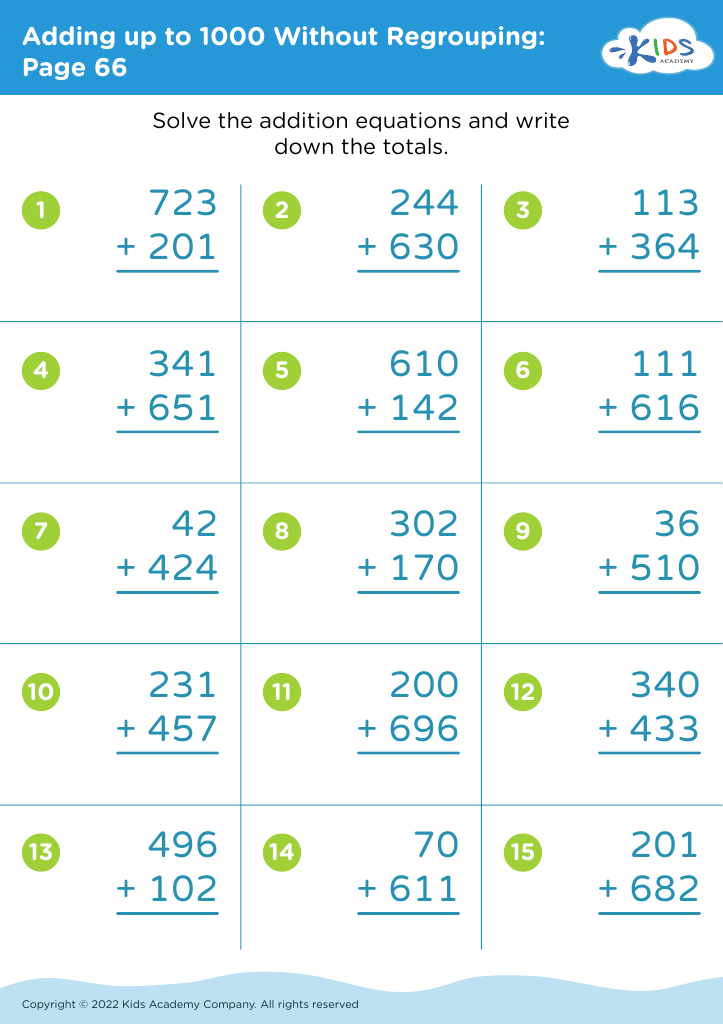
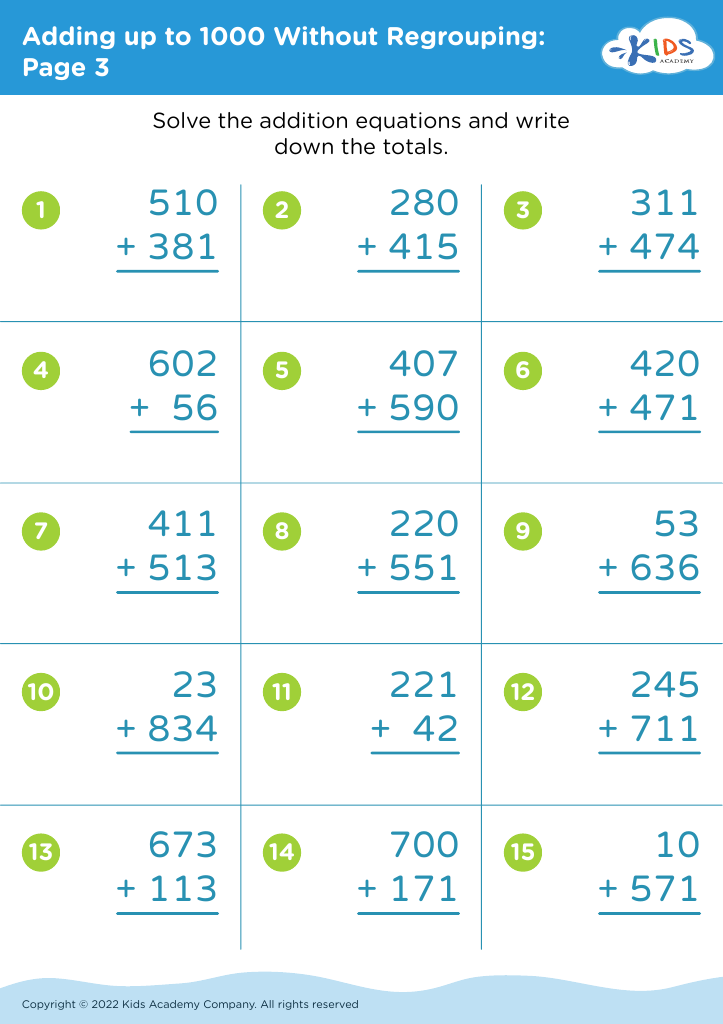
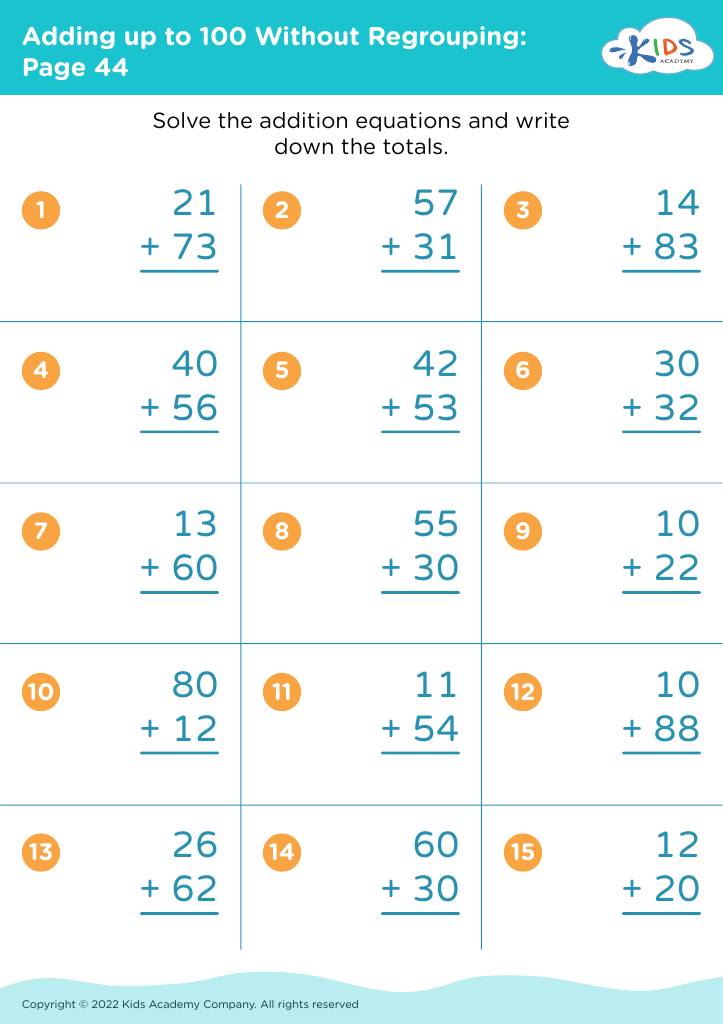
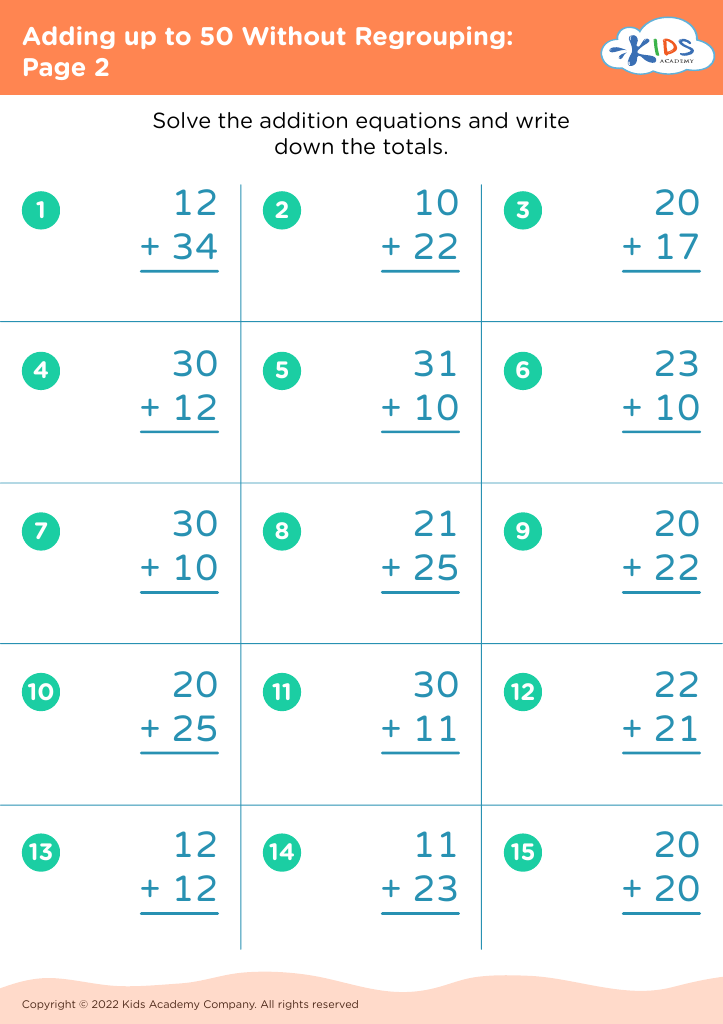




.jpg)

